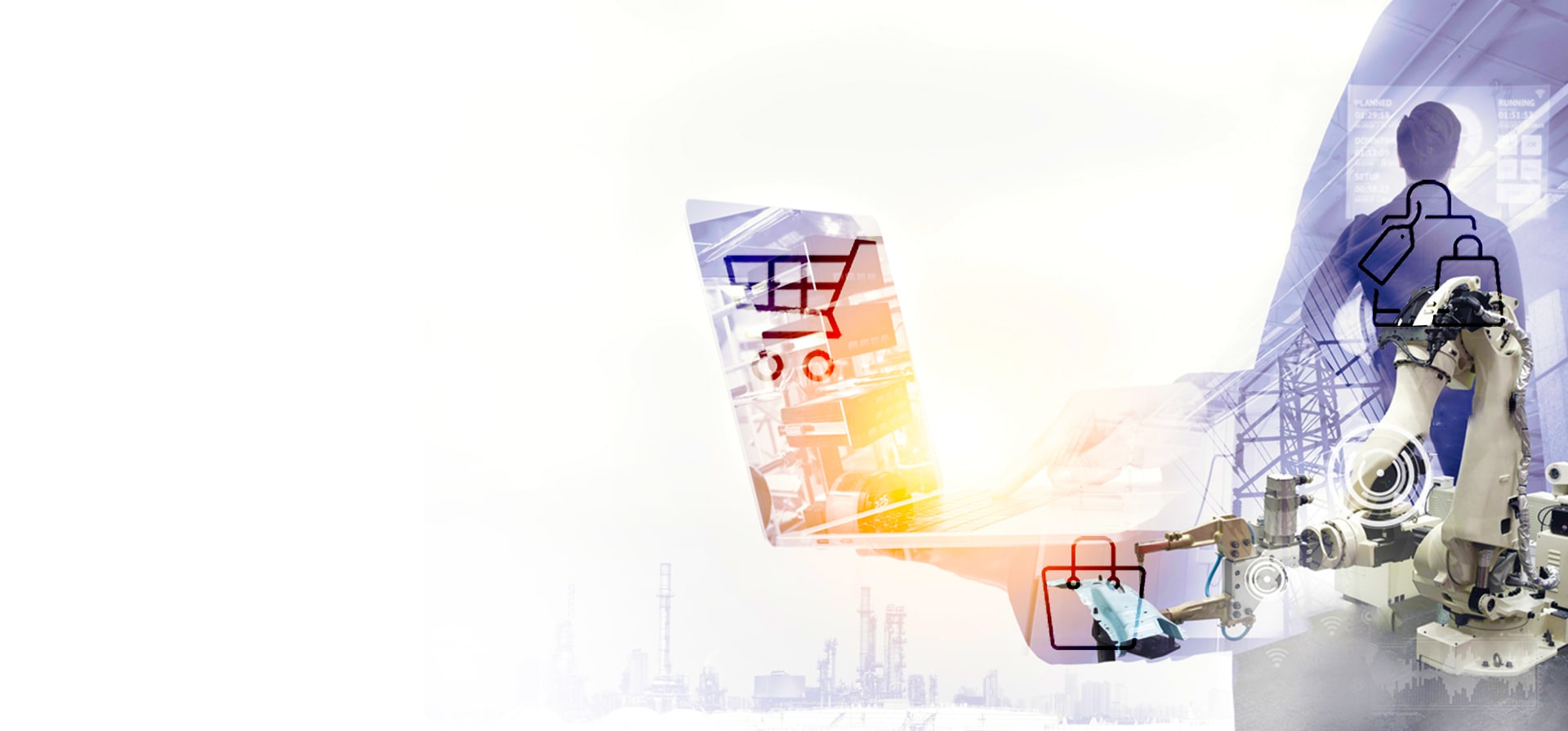
Listen to this blog
Taking automation a step further, Hyper-automation is the application of Artificial intelligence (AI) and machine learning (ML) to increasingly automate processes. The amalgamation of automation technologies with intelligence not only augments human capabilities but also extends the scope of automation to more sophisticated and complex tasks.
A top trend in Gartner’s list of Top 10 Strategic Technologies for 2020, enterprises are now looking to exploit greater automation tools to decrease functional and process silos while achieving end-to-end process automation as well. A recent report by Coherent Market Insights predicts that the global hyper-automation market will increase at a compound annual growth rate of 19% from this year to 2027, surpassing $23.7 billion by period end.
Read more: What Does the Future of eCommerce Look Like?
While Forrester refers to it as ‘digital process automation’ and IDC calls is ‘intelligent process automation’, the synergy of multiple digital technologies that make up hyper-automation are all set to transform industries worldwide.
How Hyper-Automation Differs from RPA?
Although RPA has been a fast-growing segment with digital triggers that minimized human intervention and had the shortest payback period, conventional RPA is still considered elementary. This is primarily because it deals with low-level routine and repetitive tasks that falter at deviation. A key point to be noted in the hyper-automation vs RPA debate is that traditional RPA lacks the ability to understand context and learn using unstructured data. Certain degree of human input is necessary.
The whole hyper-automation vs robotic process automation discussion shows that hyper-automation delivers synergy between RPA and AI, and caters to these limitations by adding an intelligent layer. While RPA is the robot’s arms, hyper-automation also uses the robot’s brain, shifting the focus of automation to high value decision making with data-driven upgrades, deductive analysis and complex work.
Benefits of Hyper-Automation in eCommerce
Increases business productivity and agility
Hyper-automation ensures optimum productivity by assigning low-value tasks to automation tools. This frees up more time for employees to process higher-value tasks. As a result, an informed, efficient and agile workplace is formed where decision-making is swift with minimal slack, allowing the business to grow with boundless scalability.
Improves ROI and reduces costs
Leveraging hyper-automation boosts revenue while reducing costs. Although arranging the tools and systems for it requires a considerable amount of capital, the system does not take long to payback. Betterment in employee morale, increased productivity and sales along with satisfied customers, all add to the financial benefits of Hyper-automation. According to a prediction by Gartner, enterprises can reduce operational costs by 30% by 2024.
Boosts speed and accuracy by automating complex processes
With the capability of automating complex enterprise functions, hyper-automation in eCommerce not only increases speed and accuracy of work processes but also unlocks greater potential. Application of AI, NLP, deep learning and predictive analytics to RPA enables automation of end-to-end business processes by giving robots the power to simulate human intelligence and automate complex processes. All of this while cutting human error and fatigue, increasing speed and efficiency greatly.
Enhances customer satisfaction
As hyper-automation assigns complex and time-consuming tasks to bots, it leaves the human employees with more time on their plate to engage with customers in a better way. This means that customer agents spend more time with high-value customers in understanding their preferences and needs, serving them better and improving customer satisfaction resultantly.
Improves analytics with more targeted marketing with AI-powered bots
Ecommerce automation systems have the capability to track inventory and sales while managing customer relations. AI bots keep a check on customer visits, customer exploring behavior, purchasing history and so on. This data is collected and analyzed, facilitating your team in building more targeted campaigns, leading to increased sales by leveraging the power of meaningful insight analysis.
Read more: Scaling the Impact of Artificial Intelligence and Machine Learning across the Enterprise
What next?
With digital transformation on the rise, it’s time to take full advantage of automation tools in the eCommerce niche to scale and flourish. IDC predicts that by 2027, 75% of the organizations globally will completely transform digitally while others will go out of business. Hyper-automation in eCommerce is the next logical step and ‘an unavoidable market state’, as Gartner puts it. Don’t just automate – hyper-automate.
Visionet is driving digital transformation by providing a holistic range of enterprise automation tools and the assistance of highly skilled professionals. Get in touch with our experts to simplify, accelerate and save by eliminating manual tasks and taking your automation game up a notch.




